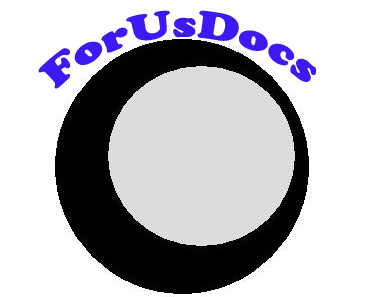
Reviews
In this section we review equipment or services relevant to medical practice. Our very first review is on electronic medical records.
Electronic Medical Records: Fact versus Fantasy
Eli Finkelstein MD, PhD 12/31/07
Everywhere we turn, we see impending mandates for electronic medical records and electronic prescribing. Their are numerous advocates for electronic medical records (EMR) and electronic health records (EHR) . They include political parties, HCFA, computer hardware manufacturers, major software companies, data mining companies, drug companies, organized labor, and health insurance companies. Advocates claim that electronic medical records will decrease costs, decrease errors, increase patient safety, improve patient outcomes, and enable pay for performance initiatives by the government and third party insurers. There is only one problem with this scenario. It is based on wishful thinking, not actual data. This review will examine the actual data on electronic medical records and compare it to traditional paper records. We will look at actual data, and experiences in other fields. We will look at the digital medium itself, compared to paper records. We will look at the cost of implementing and maintaining EMR versus the cost of paper systems. We will look at studies that have actually measured quality and compared electronic versus paper systems. We will look at security and the potential for abuse with both electronic and paper records.
Part I The Medium Itself: Digital versus Analog, Electronic versus Paper. What is the permanence and integrity of the medium? How easy is it to archive? How backwards and forwards compatible is the medium to technological changes or advances? What is the cost and ease of access?
Permanence: Most people would be surprised to find that paper medium is far more permanent than digital medium. This has been studied in numerous fields already where data integrity and permanence is important. In both the music and motion picture industries, analog media are far more permanent than digital media. Vinyl records and analog magnetic tape have about ten times the life expectancy of music CD's. You can expect lifetimes of about 2 years on average for CD-R or DVD-R discs. CD-ROT, Wall Street Journal: Beware The Fading Dye. Hard drives last about 2-5 years with the main wear factor being the integrity of the ball bearings upon which the hard drive rotates. Magnetic tape has the longest expectancy, about 30 years. Permanence of Digital Storage. Paper on the other hand has a very long integrity, up to hundreds of years depending upon its acid content, and parchment can last for millennia. Would we still have the Dead Sea Scrolls if they were on digital media? A recent article on the motion picture industry by the New York Times shows that surprisingly, film is cheaper to store per year than the same content on digital media. The Afterlife Is Expensive for Digital Movies. Archiving a digital master of a movie costs about $12,514 a year, versus the $1,059 per year for a conventional film master, according to this article. The article also points out the problem with rapidly changing digital storage formats and the problem that this causes. For example, NASA scientists found in 1999 that they were unable to read digital data saved from a Viking space probe in 1975; the format had long been obsolete. In the above example, Magnetic tape is superior to optical discs or magnetic hard drives. However, it is quite possible that magnetic tape format will soon be obsolete, and unreadable with future equipment. Thus on the counts of cost, permanence, and backwards and forwards compatibility paper wins easily over digital.
There is one aspect in which digital excels. That is the ease of access. This has been published in the case of electronic medical records versus paper records in a recent article by J Am Coll Surg 2007 205: 89-96. In this article the need for chart pulls and the resultant time and cost savings were far better with the electronic versus the paper system. Thus to summarize the medium itself we arrive at the following:
EMR versus Paper Record
Initial Cost Wins
Permanence Wins
Cost of Storage Wins
Risk of Obsolescence Wins
Ease of Access Wins
Cost of Access Wins
Thus so far, the score is 4 to 2 in favor of paper over electronic records. Next week we will examine the cost of setting up and using an electronic medical system compared to a paper system. We will also use these factors to develop a future system for rating of EMR’s. In subsequent weeks we will compare patient outcomes and safety with electronic versus paper record systems.